Why my pending order, TP or SL, were not triggered?
Estimated reading: 3 minutes
4734 views
You can set four different pending orders, which are:
- Buy stop: It is a buy order, and you can set a buy stop pending order by setting the price at least as much as the spread above the current market price.
- Buy limit: It is a buy order, and you can set a buy limit pending order if you set the price below the current market price by at least as much as the spread.
- Sell stop: It is a sell order, and you can set a sell stop pending order if you set the price below the current market price by at least as much as the spread.
- Sell limit: It is a sell order, and you can set a sell limit pending order if you set the price above the current market price by at least as much as the spread.
The photo below illustrates different types of pending orders:
To set a pending order, first, you must set the price, and after that, if you need to set SL or TP, their prices must have a difference with the current market price of at least as much as the spread.
- Stop Loss
This order minimizes losses if the security price has started to move in an unprofitable direction. The position will be closed automatically if the security price reaches this level. Such orders are always connected to an open position or a pending order. Terminal checks buy positions with a BID price for meeting these order provisions (the order is always set below the current BID price), and they do so with an ASK price for selling positions (the order is always set above the current ASK price). - Take Profit
A take-profit order is intended to gain profit when the security price has reached a certain level. Execution of this order results in the closing of the position. It is always connected to an open position or a pending order. The order can be requested only with a market or a pending order. Terminal checks buy positions with a BID price for meeting these order provisions (the order is always set above the current BID price), and they do so with an ASK price for selling positions (the order is always set below the current ASK price).
Again, the photo below illustrates how to set a TP or SL:
Please note that the pending orders, TP and SL, are not triggered at the set price; you need to consider the spread of that pair as well.





